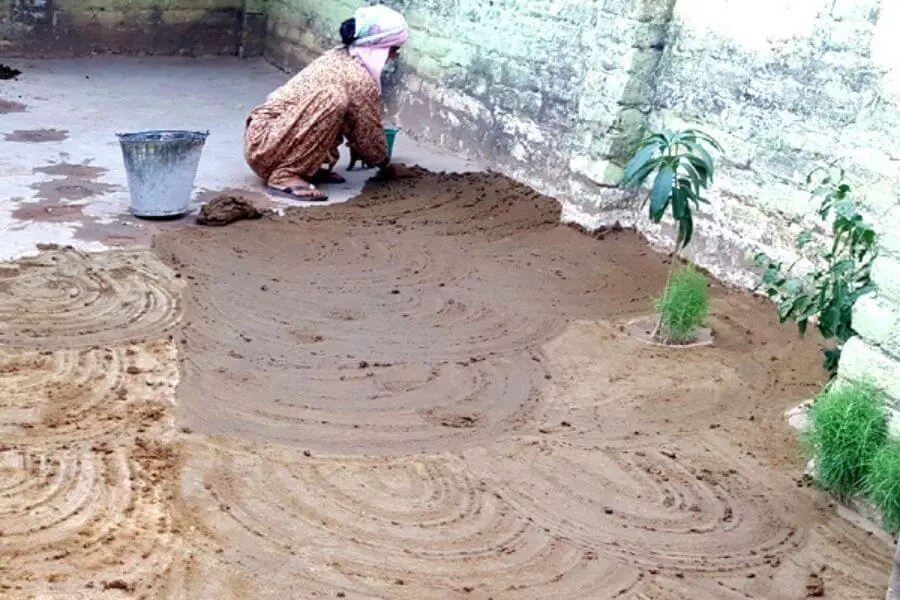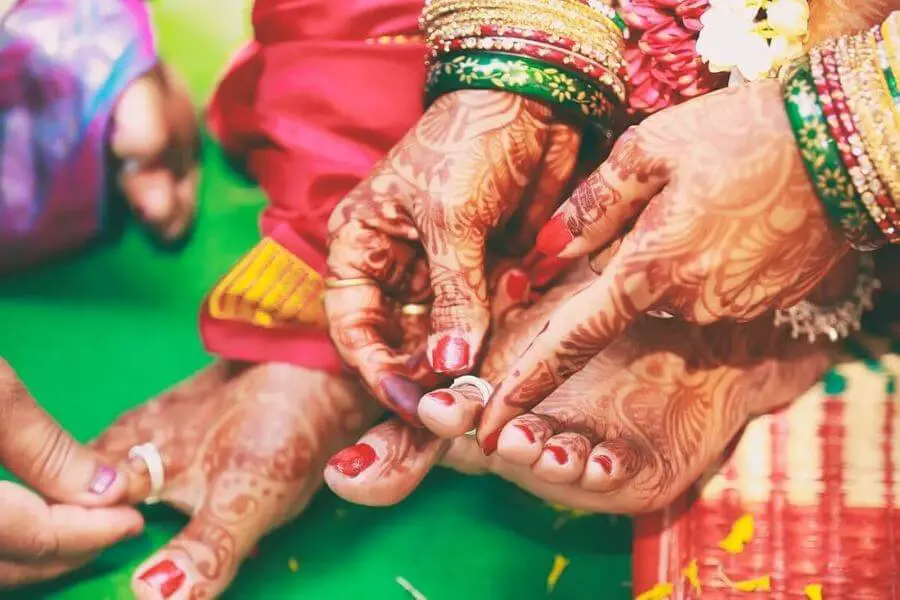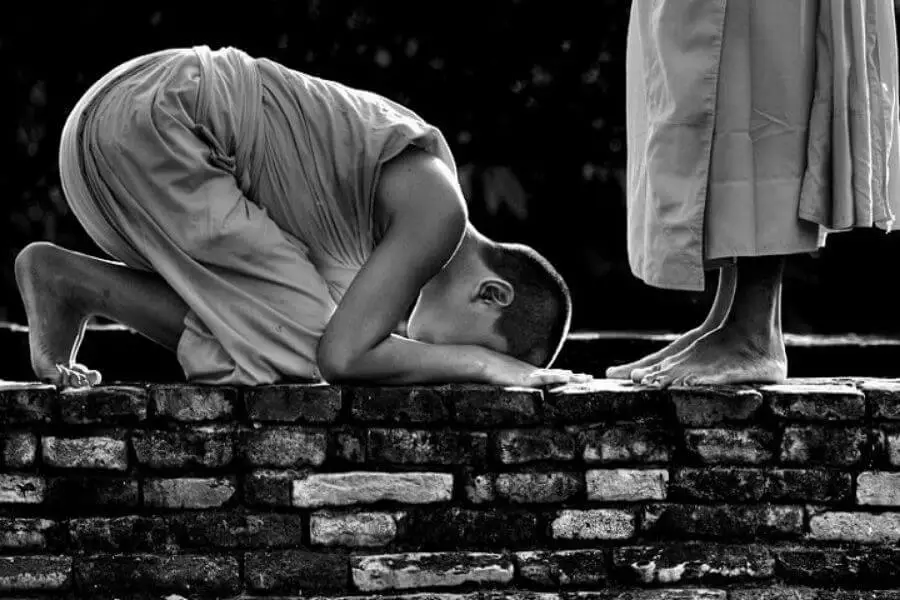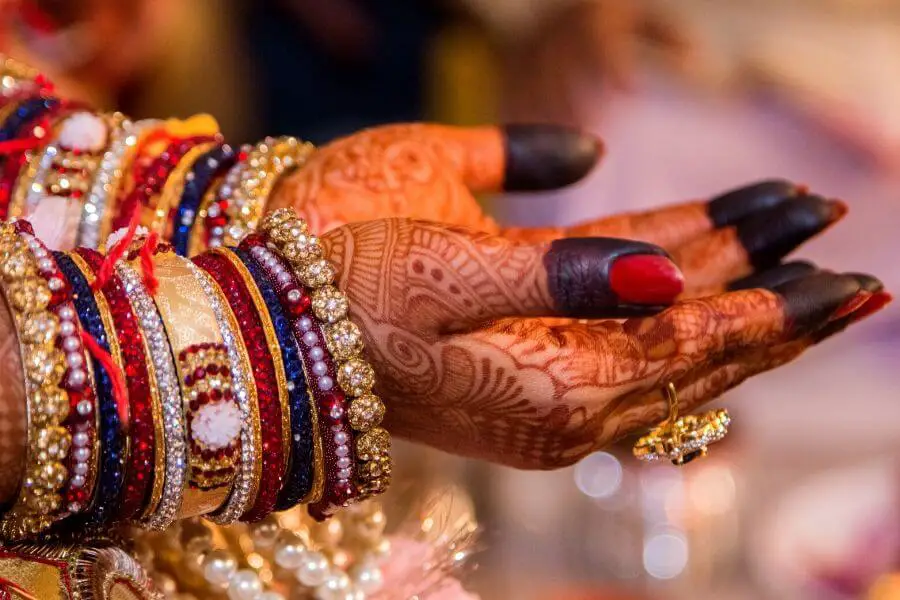India is a country known for its diverse culture. Since it hosts multiple religions, the people of India follow a wide range of traditions. Many individuals do not find any logic in these traditions and hence call them superstitions. However, the traditions hold very significant scientific explanations for their existence. The following are the top 15 Indian traditions that are scientifically logical.
Top 15 Indian Traditions That Are Scientifically Logical
1. Throwing Coins In The River

In India, we value each part of nature right from plants to rivers. It is believed that one must throw coins whenever a river comes in the way. This was actually an ancient practice adopted by many kingdoms of India. During those days, the coins were made up of pure metal that act as a purifier for the water. The same legacy has been continued until now as a tradition of throwing coins into the river.
2. Eat Sweet Curd Before Going For A Good Work

Indian people believe in eating curd and sugar before heading for any important work. Some believe that this brings good luck and hence increases the rate of success. However, very few people know that eating curd and sugar cools down the body. This eventually provides an ambient amount of energy that supports the mind and body during the task.
3. Floors Made Of Cow Dung

If you go to any of the villages of India, you will find that many of their houses have floors made of cow dung. The scientific logic behind this tradition is disinfection. The smell of cow dung is believed to make the house more reluctant towards insects and pests.
4. Taking A Bath After Attending A Funeral

People who attend funerals in India are not allowed to enter the house without taking a bath. Because funerals may involve the demise of a person who was contracted with some disease. Therefore, in order to ensure proper disinfection, bathing after attending a funeral is a necessary rule.
5. Tulsi Leaves Must Be Swallowed Rather Than Chewing

Tulsi is counted amongst the most powerful herbs in the science of Ayurveda. But people of India believe in directly swallowing the holy Tulsi leaves without chewing. Because Tulsi contains arsenic that degrades your enamel making it look yellow.
6. The Head Of A Dead Snake Must Be Destroyed

Snakes have the most lethal poison in their body. In cases of snake killing, Indians make sure to smash the head of a snake after killing. Because a snake is a cold-blooded animal that means its organs stay alive even after it is killed. Therefore, to ensure an instant death, people crush the snake’s head after killing it.
7. Saying Namaste

India is extensively famous for its respectful way of greeting i.e. saying namaste. On the one hand, it symbolizes respect and gratitude. Whereas on the other hand, it has some scientific links too. When we join our hands for saying namaste, the nerves of our fingers are subjected to some pressure. These nerves are directly linked to our ears, eyes, and brain. The application of this kind of pressure altogether helps us to remember the person for a long time.
8. Wearing Toe Rings

According to Indian culture, married women are supposed to wear toe rings. The scientific importance of this tradition is related to the reproductive health of women. The nerves present in the toes connect the uterus to the heart. Thus, toe rings strengthen the blood regulation between the uterus and other organs.
9. The Culture Of Fasting

In India, many of the festivals are related to fasting. This includes eating less or no food for a certain period of time. The scientific logic behind fasting is related to the health of the digestive system. During normal days, our digestive system gets no time to relax and flush out the toxins. So, a day or two of fasting helps it proliferate and makes it more efficient towards the digestive process.
10. Touching The Feet Of Elders

Whenever we meet someone elder to us, we touch their feet in order to greet and give them respect. In addition to the respectful greeting manner, this tradition also has some scientific significance. The feet are the end of the body and hence acts as the outsource of energy. When a person touches the feet of an elder, some energy of the elder person is outsourced to the person touching the feet. This forms a connection between the two persons and gives rise to positive energy.
11. Applying Mehndi At The Time Of Marriage

Marriage is counted amongst the most important occasions of life. From a bride’s perspective, the event brings a mix of multiple emotions like sadness, joy, nervousness, excitement, etc. To help the girl cope with this stress, mehndi is applied on her hands and feet. The magical herb cools the body and reduces tensions. Hence, Indian brides apply mehndi on their hands and feet before marriage.
12. Eating Sweet Dish At The End Of The Meal

The nation that was popular for its wide range of spices was India. This is why a typical Indian meal is tasty and full of spices. These spices may put a load on the digestive system of a person. Therefore, in order to smoothen the process of digestion, Indians prefer eating sweet dishes at the end of the meals.
13. Ringing Bells In The Temple

All the temples of India are famous for its antique sculptures and architecture. However, the most common thing found in all those temples is a bell. Whenever a person enters the temple, he/she rings the bell to greet God. But the scientific reason behind this tradition lies in the awakening of the body. When a person rings the bell of a temple, its sound lasts for 7 seconds. This sound is believed to activate the healing centers of the body.
14. Sindoor – A Part Of Makeup For Married Woman

Many married women are characterized by a red powder applying on their heads known as Sindoor. This tradition is very common in India. The sindoor is composed of turmeric and the metal mercury. The mixture improvises the blood flow and is believed to improve the sexual drive of the women.
15. Restricting Non-veg Meals On Several Days

An estimate states that 75% of the world’s vegetarians are Indians. In addition to this fact, India also has a tradition of restricting non-veg meals on several days. Excess meat consumption can impact our bodies negatively. Hence, Indian traditions involve a rule of not eating meat on several days.
Read Also: Top 15 Weirdest Traditions Around The World